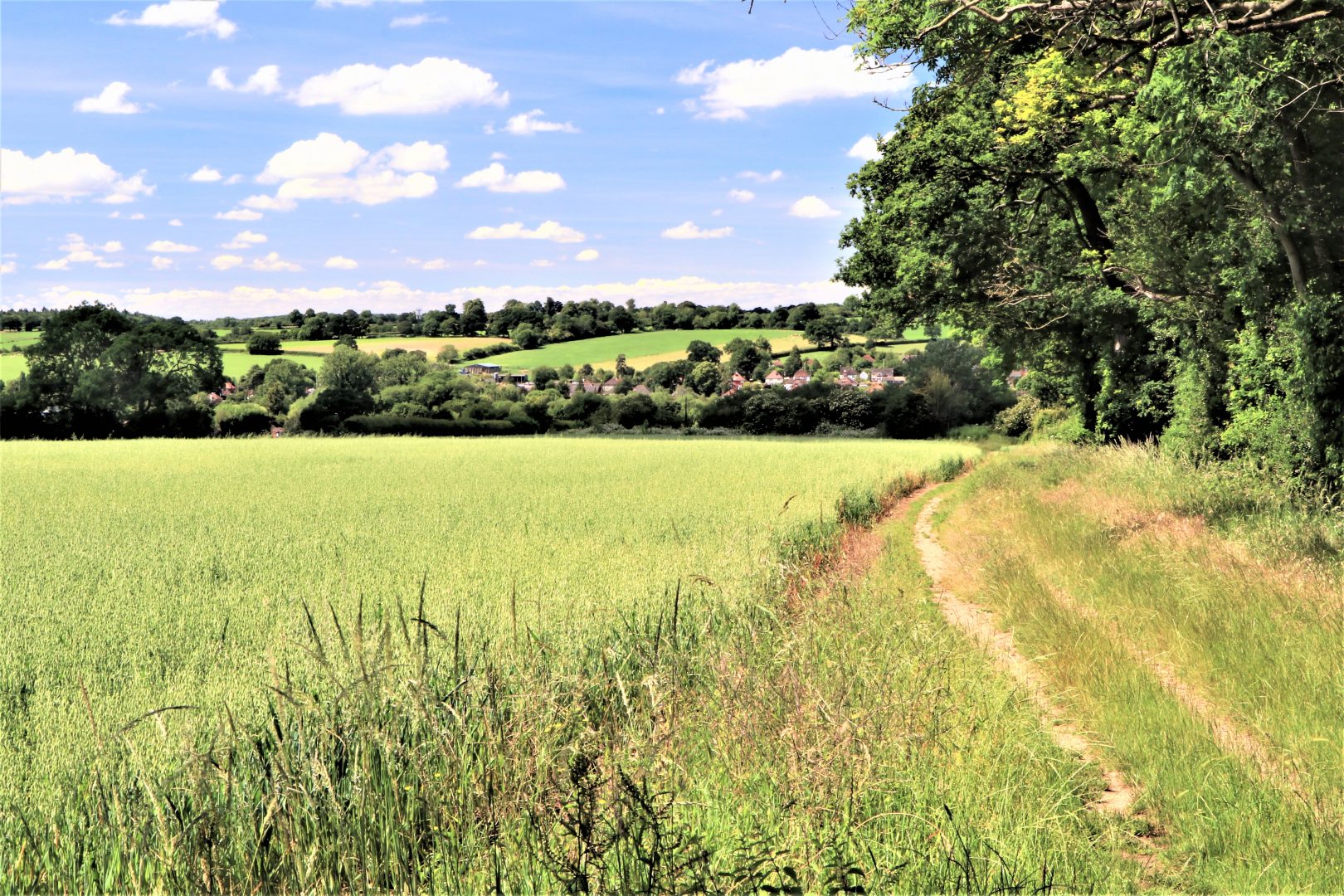Early successes – the Green Belt

In the late 19th and early 20th centuries, industrialisation and booming urban growth were threatening the countryside with uncontrolled development.
By the 1920s the loss of countryside to urban sprawl had become a national issue. Patrick Abercrombie, a town planner and architect, published a pamphlet called The Preservation of Rural England. This promoted development and economic prosperity without destroying valued countryside, which he called ‘the most essential thing which is England’.
In 1928 the Hertfordshire branch of the Council for the Preservation of Rural England (CPRE) was formed, two years after its national counterpart. Its purpose was to prevent further loss of the countryside to urban sprawl and ribbon development. In 1938 following a decade of warnings from key CPRE figures, local activists and allies in Parliament, the Metropolitan Green Belt Act was passed.
Proposals to protect the countryside took further shape during the Second World War. Abercrombie’s 1944 Greater London Plan proposed a Green Belt around London. Satellite or new towns beyond that would take the majority of new development.
The 1947 Town and Country Planning Act introduced universal development control. Local authorities were given powers to safeguard land for Green Belts. Green Belt policy was fully implemented England-wide in 1955 ‘for the well-being of our people and for the preservation of the countryside’.
This paved the way for the protection of the beautiful countryside surrounding London, including about two thirds of Hertfordshire.



